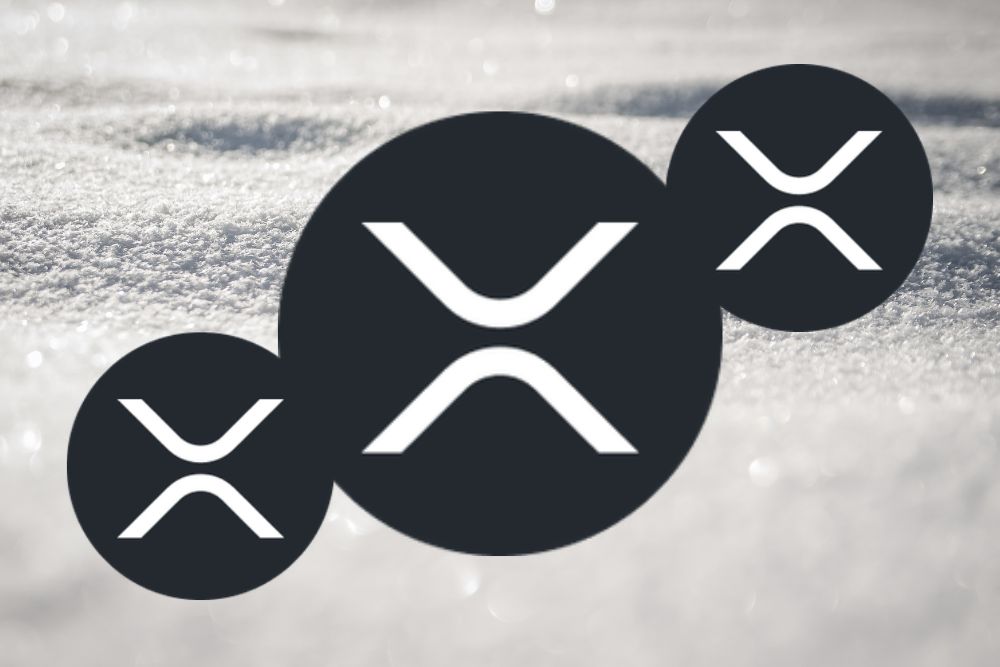TERADAT SANTIVIVUT The Curse of the Mega Caps One fact I saw about last Thursday’s violent rotation out of tech on the release of the benign Consumer Price Index (CPI) report was that such a surge in the broad market on the same day as a selloff in the tech sector had not happened for 23 years. Almost every other sector was up a lot, while tech was down a lot. To see this on the same index, one has to look at the performance of the S&P 500 Equal Weight index (SPXEW) as of Thursday. In the chart below, it was up 1.17% on the day. Graphs are for illustrative and discussion purposes only. Please read important disclosures at the end of this commentary. Then, look at the S&P 500, which is weighted by market cap, down 0.88% as of the close on Thursday. Those two charts have identical components, but one is weighted equally, and the other is by market cap. Graphs are for illustrative and discussion purposes only. Please read important disclosures at the end of this commentary. In and of itself, such a rotation is not a bad thing, but given that six mega caps, all in the tech sector, with market caps ranging from over $1 to over $3 trillion – you know their names – are present, such ripples are understandable, albeit quite extreme. Taken together, those six companies are worth $15.66 trillion and comprise 33.4% of the value of the S&P 500 index, which is now worth about $46.87 trillion in total. Furthermore, much has been made about the surge in the Russell 2000 Index, but the total value of the Russell 2000 index, with its 1,921 components (falling 79 stocks short of the number implied in the name) is less than the value of the single biggest company in the stock market, Apple (AAPL), which at last count was worth $3.535 trillion. So, if Apple is down more than the Russell 2000 is up on any given day, the net result for most investors is negative when it comes to that comparison. What we saw on Thursday in both the NASDAQ 100 Index and the regular S&P 500 is a “bearish engulfing pattern,” or a situation where the indexes made a fresh all-time high near the open (above the prior day’s highs) and then close below the low of the prior day, in other words, “engulfing” the prior day’s range. I mention these bearish engulfing patterns, as well as the bullish engulfing patterns, as they may indicate a trend change. Needless to say, bearish engulfing patterns tend to change the trend from up to down and bullish ones vice versa, but neither are guarantees of the next move. Traders have noted them and decided to use the wisdom of Aristotle, the famous personal tutor of Alexander the Great. He noted astutely that: “One swallow does not make a summer, neither does one fine day; similarly, one day or brief time of happiness does not make a person entirely happy.” So, by extension, one day does not make a trend. With the risk of making a famous philosopher turn over in his grave, I would dare to say that, in this case, the odds of a bigger pullback are much larger than usual, based on the heavy selling into strength in the last 30 minutes on the very next day, Friday. The S&P 500 declined 40 points in 30 minutes, while the NASDAQ 100 declined 165, before dead-cat-bouncing into the close. On some days, such numbers are the whole daily range of those indexes, so declining that much that quickly tells me institutional investors were itching to unload large positions into strength. I think the decline will be little, as what we saw after Nvidia’s (NVDA) earnings release on May 23 or as big as what we saw in April, in the ballpark of 4-8% for the tech sector from the all-time highs. In theory, the coming decline can be larger, but I do not believe the magnitude can be ascertained with precision ahead of time, as market-moving events that will happen have not happened yet, and I don’t believe anyone knows those outcomes ahead of time. I think the coming decline is much warranted as an overall pullback in what is an ongoing bull market. Navellier & Associates owns Nvidia Corp. (NVDA), and some accounts own Apple Inc. (AAPL), in managed accounts. Ivan Martchev does not own Nvidia Corp (NVDA) or Apple Inc. (AAPL), personally. Disclaimer: Please click here for important disclosures located in the “About” section of the Navellier & Associates profile that accompany this article. Disclosure: *Navellier may hold securities in one or more investment strategies offered to its clients. All content above represents the opinion of Ivan Martchev of Navellier & Associates, Inc. Original Post Editor’s Note: The summary bullets for this article were chosen by Seeking Alpha editors.
The Curse Of The Mega Caps
- AFMC
- AIQ
- ANEW
- ARKF
- ARKK
- ARKQ
- ARKW
- ARKX
- BBMC
- BFOR
- BKMC
- BLCN
- BLOK
- BMVP
- BOUT
- BTEK
- Bug
- BUL
- CIBR
- CLOU
- Cryptocurrency
- CSD
- CWS
- CZA
- DAPP
- DDIV
- DEUS
- DIV
- DON
- DTEC
- DVLU
- EQAL
- ESPO
- ETHO
- EZM
- FAB
- FAD
- FDN
- FFSM
- FFTY
- FINX
- FITE
- FLQM
- FNGS
- FNX
- FNY
- FOVL
- FRTY
- FSCS
- FSMD
- FTDS
- FTEC
- FTXL
- FXL
- GAMR
- GINN
- GRPM
- hack
- HAIL
- HERO
- HLGE
- HOMZ
- IDAT
- IDGT
- IETC
- IGM
- IGPT
- IGV
- IHAK
- IJH
- IJJ
- IJK
- ILDR
- IMCB
- IMCG
- IMCV
- IPO
- IRBO
- ITEQ
- Ivan Martchev
- IVOG
- IVOO
- IVOV
- IWM
- IWN
- IWP
- IWR
- IWS
- IXN
- IYW
- IZRL
- JHMM
- JPME
- JSMD
- KNCT
- KOMP
- LEGR
- LOUP
- LRNZ
- LSAT
- MDY
- MDYG
- MDYV
- MID
- MIDE
- MOON
- NAPR
- NJAN
- NUMG
- NUMV
- NXTG
- OGIG
- ONEO
- ONEQ
- ONEV
- ONEY
- PAMC
- PEXL
- PEY
- PNQI
- PRNT
- PSCT
- PSI
- PTF
- PTMC
- PY
- QMOM
- QQEW
- QQQ
- QQQA
- QQQE
- QQQJ
- QQQM
- QQQN
- QQXT
- QTEC
- QTUM
- QVAL
- QVMM
- QYLD
- QYLG
- REGL
- RFG
- ROBT
- RSPT
- RWK
- SCHM
- SDVY
- SFYX
- SIXL
- SKYY
- SMDY
- SMH
- SNSR
- SOCL
- SOXQ
- SOXX
- SP500
- SPMD
- SPX
- SQEW
- SYLD
- TDIV
- TDV
- TECB
- THNQ
- TMDV
- TPHD
- TPLC
- UPGD
- USMF
- VFMF
- VFMO
- VFMV
- VFQY
- VFVA
- VGT
- VO
- VOE
- VOT
- VRAI
- VUSE
- VXF
- WBIY
- WCBR
- WCLD
- WFH
- WUGI
- XITK
- XJH
- XLK
- XMHQ
- XMLV
- XMMO
- XMVM
- XNTK
- XSD
- XSW

